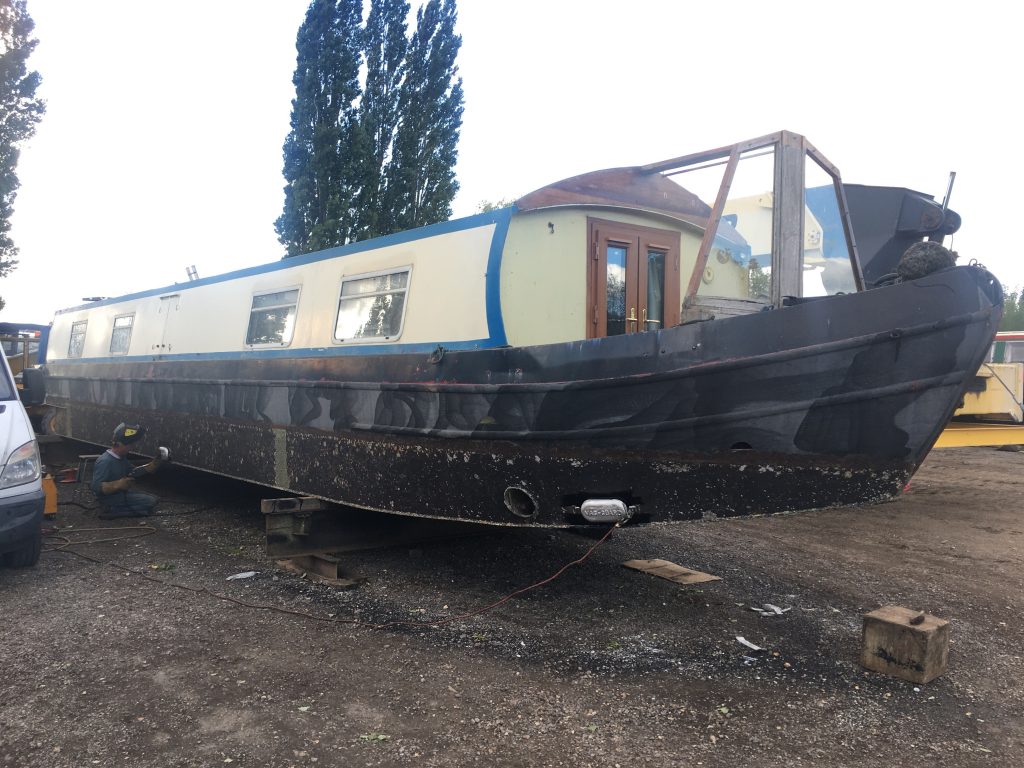
I recently visited our pal Patrick, who’s having his bottom blacked. The marina he’s at is on my route to work. So I’ve popped in to see him a couple of times.
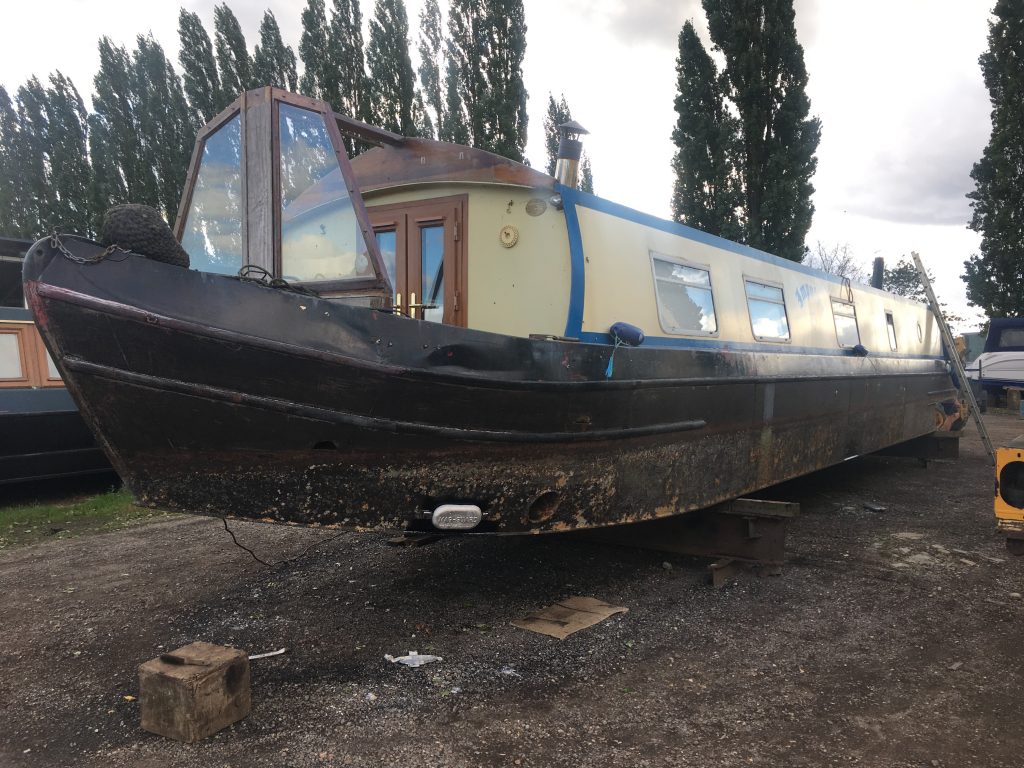
I can’t recall exactly what day this first visit was. But it shows his boat, Impulse, out of the water, prior to the work. Or more accurately as the work gets started.
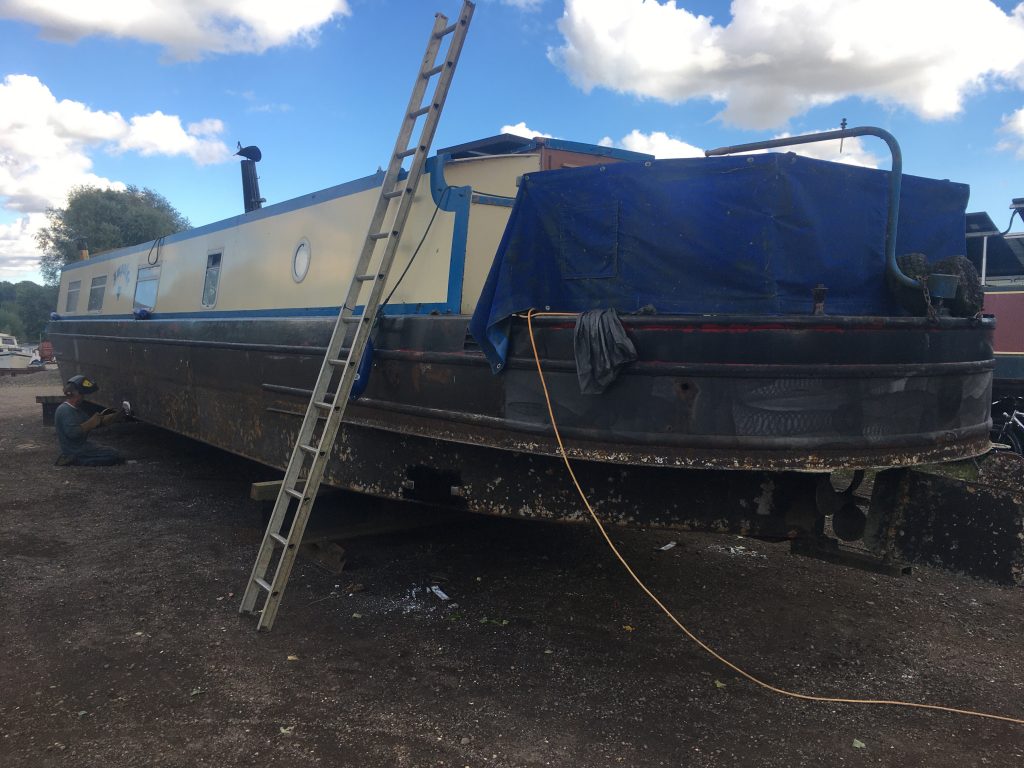
Pat’s living on the boat whilst the work is carried out. You can see the guv’nor of the marina at work to the bottom left of this photo.

Here’s a view of the business end, prop, rudder, etc. You can see the circular pattern of the cleaning pads in the upper band of the hill.
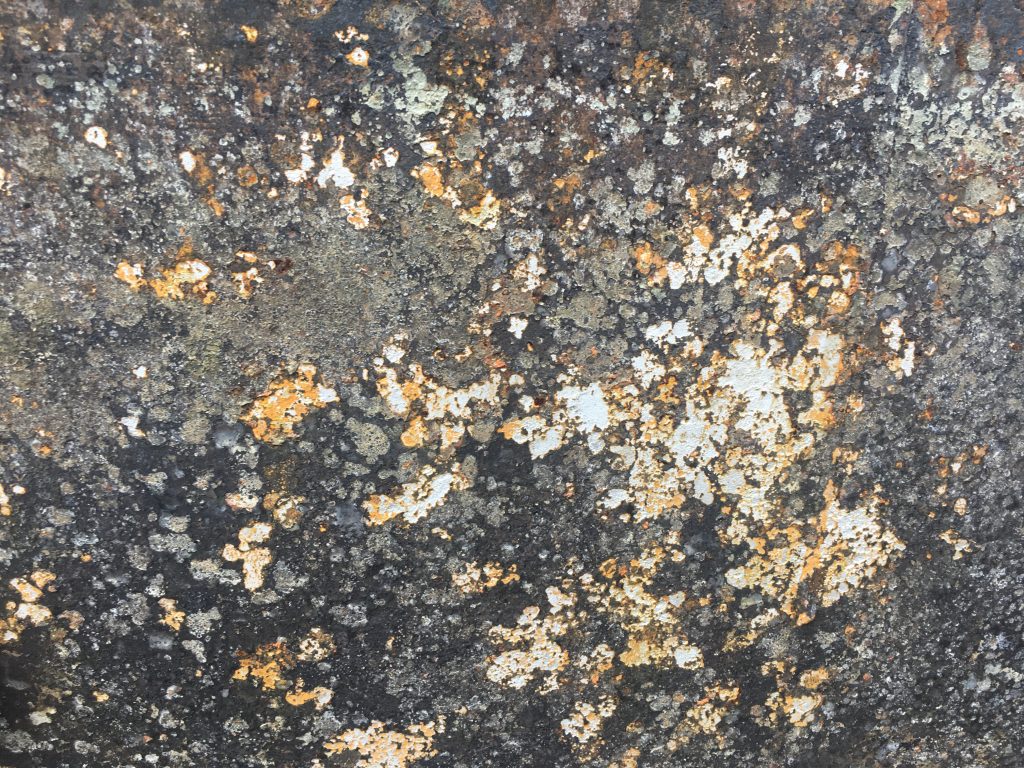
This looks rather pretty. But it’s not how it should look. As we’ll see later.

Another view of the waterline wear. Interesting abstract patterns. But degradation of the metal looming. Re-blacking the bottom will protect and extend the life of both the metal and the boat.
Visit number two was on Friday 1st October.



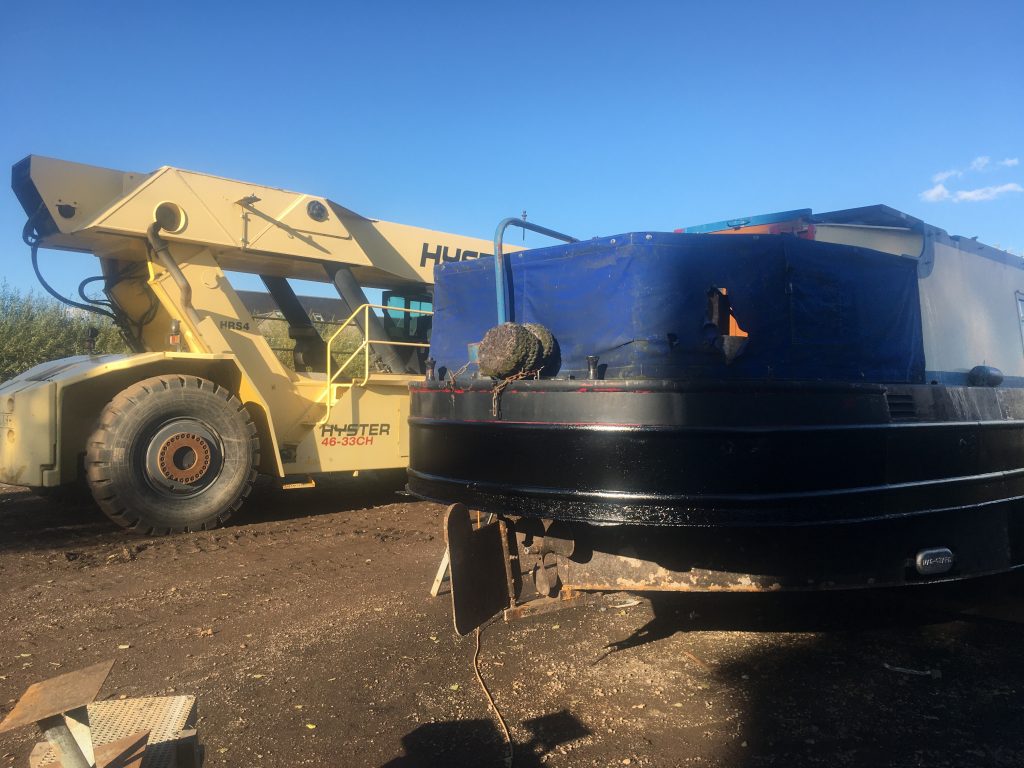
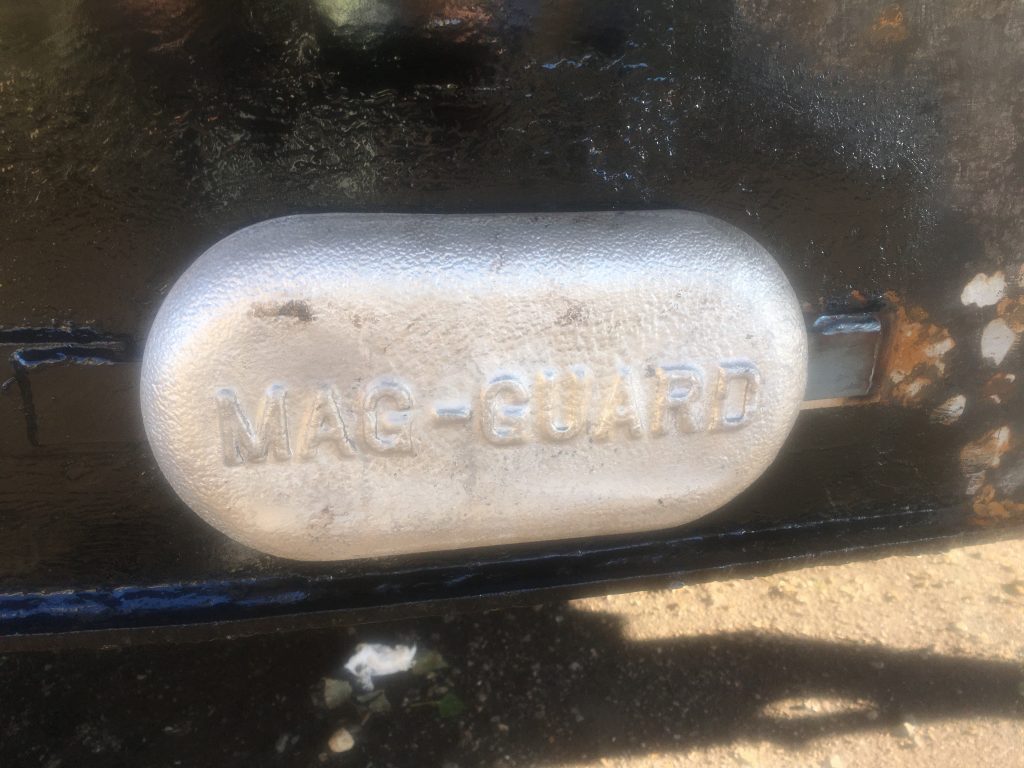
I didn’t know what these doodads were. Pat told me they’re sacrificial anodes. He explained what they’re for. But I still wasn’t 100% clear on what they did, how, and why, etc. I found this:
By definition an anode is an ingot of sacrificial metal attached to the underwater hull of a narrowboat or canal boat which corrodes due to electrolysis more readily than the hull and propeller. Magnesium anodes are used for boats in fresh water. Aluminium anodes are used for boats in brackish water. Zinc anodes are used exclusively in salt water. (Found here.)

As a jazz-bo, I think Pat should repaint his boat, and change the name to look like the Impulse jazz record label design. So his boat would still have the same name, but would also proclaim Pat’s live of jazz to those in the know.


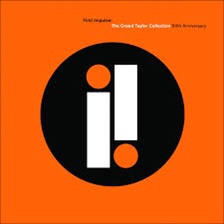
Something drawn from or combining various aspects of the above logo variants might be pretty cool!
